



SELECTED
ISSUE
|
|
Leisure Management - Finger on the pulse

Experience Design

|
|
| Finger on the pulse
|

Experience designers are often ahead of the curve and set the pace for the other leisure sectors. We asked some global firms for their top trends of the year
|
|
|

|
Matt Dawson and Steve Shah, Senior directors, FORREC
In an increasingly tough retail environment, even some of the mightiest of retailers are closing their doors and turning out the lights. While developers and retailers struggle to find solutions, there may be a magic bullet, not in traditional retail, but in something more experiential. Could the solution be a matter of un-malling the mall?
One way to address the challenge is to find tenants that meet visitors’ new expectations. Stores that offer experiences along with the products they sell go a long way in providing the engagement opportunities that customers seek. Themed retail, new food concepts and gaming experiences can also generate a lot of excitement. Because they’re usually pre-packaged and branded concepts, these ‘plug & play’ formats can be up and running quickly.
Rethink the mall by taking a big leap with the overall experience. There has to be a ‘reason for being’ that resonates with people enough that they’ll go there again and again. Bespoke food and beverage experiences provide more social media fodder. Amenity spaces can be designed to be irresistible Instagram and Snapchat photo ops. Innovative retail can correlate online with onsite shopping. The sense something is always going on blurs into a singular sense of being drawn ‘there’.
Those developers who have the courage and vision to push the envelope can capitalise on the Fear Of Missing Out (FOMO) frenzy by building designs that offer consumers something they really want – an experience.
"There has to be a ‘reason for being’ that resonates with people so they’ll go again"
| |
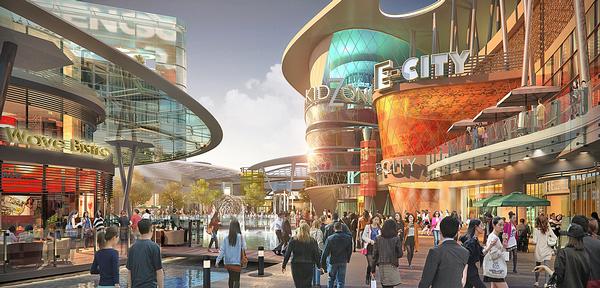

|

Experiential retail could help curb the decline in footfall and spending |
|
|
 |

Experience: the missing link |
 |
Kieran Stanley and Karen Klessinger, CEO and creative director, dan pearlman
Time, especially leisure time, is limited and precious. In the future, people will spend time, not money. Hence, the key to successful destination design and, in particular, experience design is to create emotional value.
Whether theme park, zoo, office, public space or mall, the boundaries are melting and futureproof destinations will come to be measured in ‘experience per square metre’.
A prerequisite to experience design is fully understanding the user and their needs. A carefully curated co-creation process will enable a successful destination development. We are urban storytellers and builders. We bring the narrative back into the increasingly dense city, creating a seamless visitor journey within mixed-use destinations.
In these disruptive times, destinations must provide flexibility for different formats and users and set standards for future-oriented public spaces. If time is the currency of the future, experience will be the ultimate investment.
| |
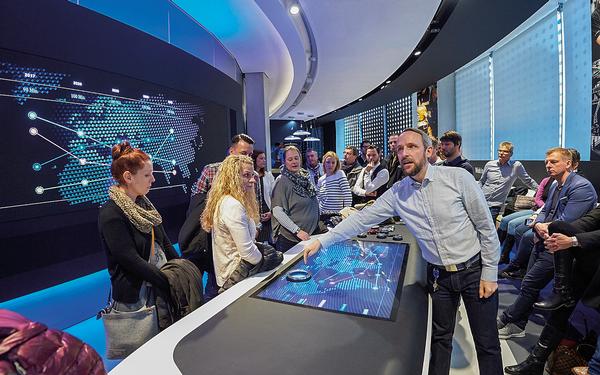

|

At the Mercedes-Benz Brand Space, experiential design is used
to educate the firm’s employees |
|
|

|
Tom Hennes, Principal, Thinc Design
We focus on projects that challenge the imagination, invite participation, draw curiosity and reward through myriad small satisfactions and astonishments – outcomes that are as individual as each person who participates.
We observe trends like escape rooms and theatrical productions like Sleep No More and Then She Fell – productions in which the audience becomes participant, voyeur, investigator and problem-solver. We reference installations like the immensely popular Meow Wolf, in Santa Fe, and predecessors like the City Museum, in St Louis, and the lovely Museum of Jurassic Technology, in Los Angeles, or our own Infinite Variety, at the Park Avenue Armory in New York, that challenge what a museum can be and remind us why it’s exciting to be there.
Our work aspires to create a universe of meaning in an environment that excites wonder in people – on their own diverse terms and leading to their own individual satisfactions. The tools are idiosyncrasy, playfulness, irreverence and inventiveness; telling stories half-revealed and discovered more through play and interaction than streams of didacticism. They reshape exhibition-making from prose to poetry, craft to art, exposition to living theatre. Though grounded in substance and knowledge, they lead with emotion rather than cognition.
For museums, this view is neither easy nor natural. It requires valuing individual experience over prescribed outcomes – bucking a trend that is nearly a half-century old. Critically, it generates a relationship with users that requires trust; the user must trust in the value of the experience, while the institution must trust the user to make of the experience what they will. The potential reward is a stirring of the soul that no mere display of information could ever hope to achieve.
"The tools are idiosyncrasy, playfulness, irreverence and inventiveness; telling stories discovered through play"
| |
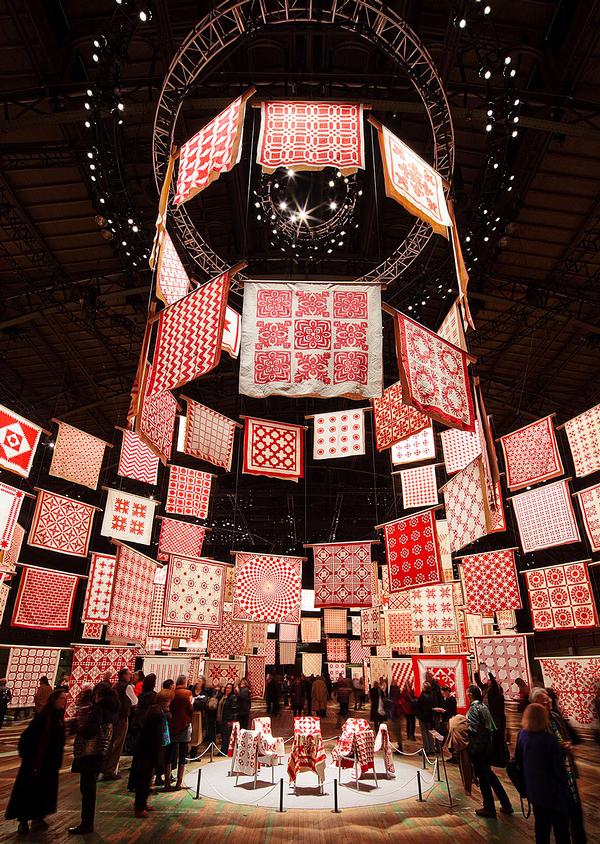

|

Infinite Variety: Three Centuries of Red and White Quilts at New York’s Park Avenue Armory |
|
|

|
Peter Slavenburg, Director, Northern Light
At Northern Light we notice two, on first sight contradicting, trends. On the one hand we see that immersive, programmable spaces are being created; spaces with a ‘living skin’ instead of spaces full of furniture and exhibits. We saw this when we created the E-mmersive Experiential Environments exhibition at Science Centre Singapore. Immersive experiences bring architecture alive. Instead of using exhibits to tell a story, stories are told through projections and programmable LEDs on walls, floors and ceilings.
High-touch is the desire to make it ‘real’. We see a trend towards tactile materials and natural objects. The use of pure materials like steel, wood and fabric – and the use of nature – serve as a counter-movement to everything digital. A playscape on the rooftop of NEMO science centre in Amsterdam, the Netherlands, is an example of this. A balanced mix of art installations and dynamic play elements was used to create a relaxed interactive outdoor environment that can be enjoyed by various types of visitors.
"Pure materials serve as a counter-movement to everything digital"
| |
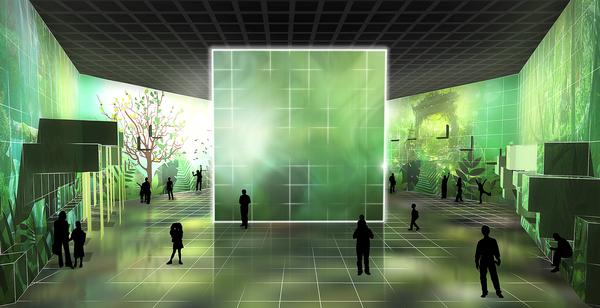

|

Programmable spaces become a ‘living skin’ at tech-led exhibits like E-mmersive in Singapore |
|
|

|
Shawn McCoy, Vice president, JRA
While theme parks and attractions have always tried to immerse visitors in engaging ways, recent themed lands such as Universal’s Wizarding World of Harry Potter and Disney’s Pandora – The World of Avatar have raised the bar to a new level.
By blending highly detailed thematic environments, state-of-the-art ride technologies, live shows, immersive retail and themed restaurants into a thoughtfully cohesive experience, these lands represent one of the more significant trends of the attractions industry: worldbuilding.
Worldbuilding is about ensuring that everything a guest sees, hears, touches or even tastes is authentic to the story upon which the overall experience is based. Ensuring this thematic continuity means that the font featured on the land’s environmental signage is as just as important as the media featured within its dark ride, for any detail that breaks the guests’ suspension of disbelief may undermine their personal commitment to the story and ultimately detract from their overall experience.
Today’s guests don’t just want to walk through a themed land, they want to become a part of the story and have an effect on the overall environment.
New techniques and technologies are allowing us to immerse our guests like never before. By inviting our guests to not only explore the fantastic worlds we create, but also become central characters in our stories, we can attract new audiences, encourage repeat visitation and create lasting memories for visitors and their families.
| |
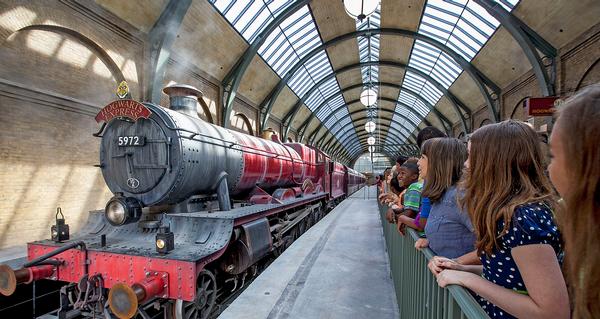

|

Universal’s Wizarding World of Harry Potter creates a believable and authentic experience |
|
|

|
Christian Lachel, Executive creative director and
vice president, BRC Imagination Arts
We’re in the midst of a great time for experiential design, when memorable experiences are valued more and more. People are looking for a bit of escapism, a break from their everyday lives, a venture into something meaningful and unique.
One trend that capitalises on this is immersive hospitality, which allows brands to build deeper relationships with their consumers by welcoming them to a very special, often exclusive experience that they could not get anywhere else. Prime examples include Guinness Airbnb, the hotel at Disney’s upcoming Star Wars: Galaxy’s Edge land in Orlando, Florida, and beer hotels, which range from bed ’n brew inns to camping and glamping experiences. The common focus is immersion in a special world, executed with great style and service.
And of course, fun is always a priority, so we’re seeing more adult playgrounds and artistic activities that help us de-stress, increase creativity and keep us young at heart. They also provide great social media posts where people share their ‘trophy’ experiences. These often are limited exhibitions or pop-ups offering fleeting pleasures. Great examples of these include the Meow Wolf and Yayoi Kusama Infinity Mirrors exhibitions, as well as the Museum of Ice Cream.
| |
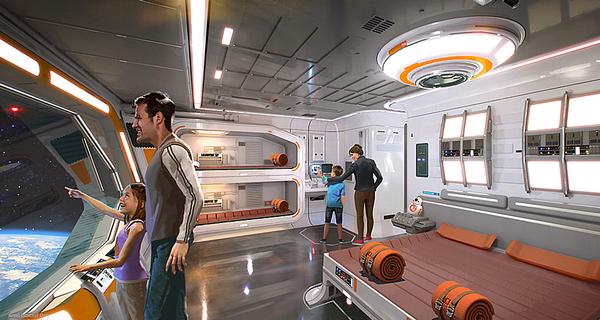

|

Star Wars: Galaxy’s Edge will have a story-led hotel |
|
|
 |

A new approach to universal design |
 |
Bill Haley, Founder, Haley Sharpe Design (hsd)
Museum designers have incorporated accessible features into the spaces they create, with varying degrees of effectiveness. Recent trends within the field of heritage and museum design have however witnessed a fundamental shift from merely adding appropriate accessibility devices towards a more ethically-nuanced and cohesive approach to universal access and human-centred design. This change moves from providing accessible ‘alternatives’ to exhibits, towards the provision of an equal experience for all. Technology and digital media play into this shifting dynamic, diversifying the way in which visitors can encounter collections and narratives.
The fundamental shift has been in the application of inclusive universal design, which is as much about the design process as the philosophical position which embeds universal design into the planning and conceptual development, involving accessibility advisors and stakeholders intimately throughout this process.
The benefits of including additional accessible experiences within museum spaces means that each and every visitor will have a much richer experience. It is no longer acceptable ‘to do the best we can’, applying piecemeal accessibility solutions on a random basis. If we are to truly achieve the reality of an equal experience for all, clients, stakeholders and design teams, must consider access at all points of the design process with continued dialogue, involvement and review by the end users.
| |
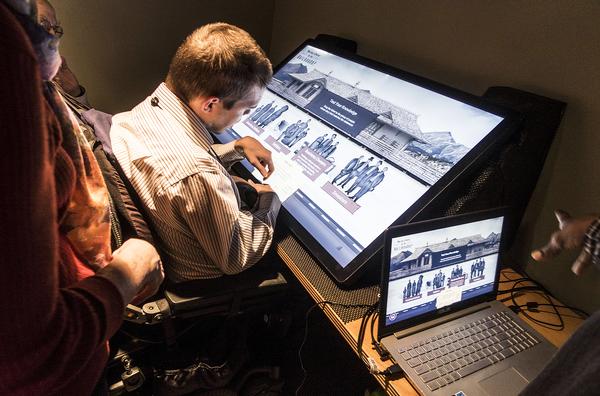

|

Deputy commissioner Andrew Lackey for the Office on the Disabled, City of St Louis, Missouri, trials an hsd prototype for the upcoming Gateway Arch museum |
|
|
 |

Journeys of self-discovery |
 |
James Pappadopoulos, Senior director, strategy and business development, GSM Project
Many of our clients want to offer their visitors immersive and interactive experiences. But it’s about more than just using technology to increase audience participation. Interactivity can be used as an entry point that takes visitors on a personal journey; one that allows them to discover a piece of themselves through a subject matter. And increasingly, visitors are making it clear that they want to play an important role in the experiences they sign up for. They’re seeking out moments that give them a sense of power, purpose or meaning.
In our own work, we’ve seen that interactive narrative journeys can be highly effective in personalising the visitor experience. In 2012, we unveiled Star Wars Identities, a touring exhibition that takes visitors on an immersive, highly interactive and multimedia-rich exploration of their own identity through the lens of Star Wars. Now on stop 10 of a 14-city world tour, the exhibition has welcomed more than 1.8 million visitors. Its popularity is due in part to the way it helps visitors understand themselves.
"It’s a multimedia-rich exploration of their own identity through the lens of Star Wars"
| |
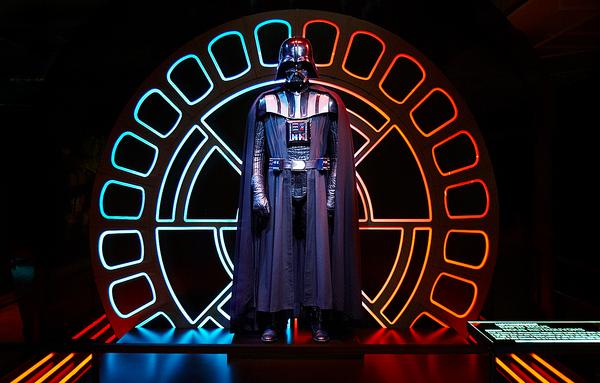

|

Star Wars Identities takes visitors on an interactive adventure |
|
|
 |
| Originally published in CLADbook 2018 edition
|
|
 |
|
